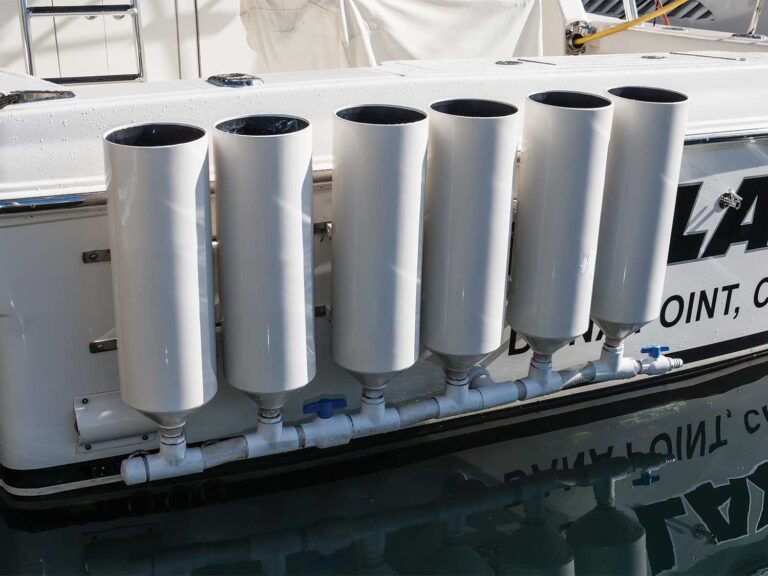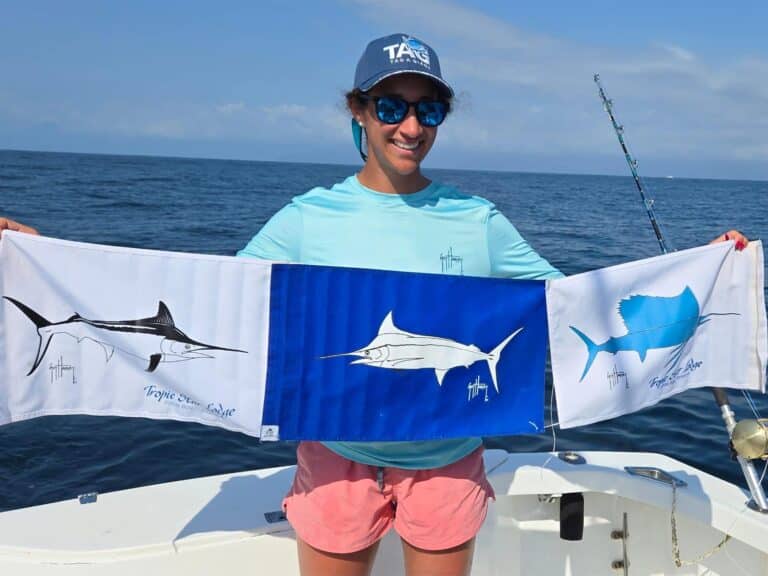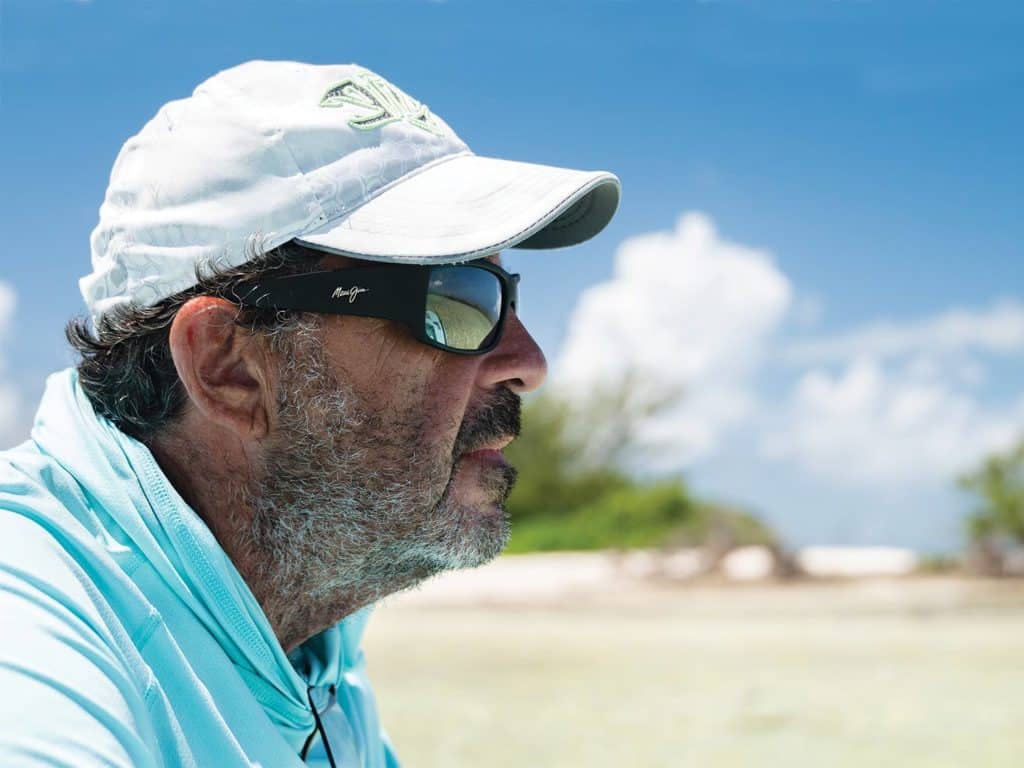
Fisherman, hunter, diver, treasure hunter, philanthropist: Carl Allen’s passions are as varied as the life he leads. Born in Rochester, New York, he grew up in Chicago and says that he was instantly addicted to salt water the first time he laid eyes on the Atlantic Ocean at the age of 12, when his stepfather took him fishing in a rented center-console out of Florida’s St. Lucie Inlet. Soon, he was venturing farther east, where the islands of the Bahamas captured his imagination. He met his wife, Anne—known as Gigi—while in high school; they have three sons, one daughter and three grandchildren.
Q: What are your first memories of Walker’s Cay?
A: My stepfather had a home in Stuart, Florida. One day we were out fishing at the Kingfish Hole; I looked offshore and asked, ‘What’s out there?’ He just said, ‘the Bahamas.’ The next weekend, he had a friend with a trawler who invited us to go over to Walker’s for the weekend. When we hit the Gulf Stream and then the Bahama Bank, I just couldn’t believe the colors and beauty of the water. I saw that flat smudge on the horizon, and he said, ‘There’s Walker’s Cay.’ This was in 1976—in the heyday. The next day, we caught a blue marlin right off the island. I remember it like it was yesterday.”
Watch: One of sport-fishing’s most iconic destinations.
Q: How did you come to own the island?
A: I’d had my eye on it for years. The previous owner, Robert Abplanalp, died in 2003, and then back-to-back hurricanes the following season basically knocked it out for the next 15 years. In early 2018, I called Abplanalp’s wife, who was 92 at the time and sharp as a tack. She was reluctant to sell to a big corporation. I explained that we were a family operation and that we wanted to keep Walker’s as a family-oriented destination, so she agreed, and we purchased it in April 2018. She called me later and said we had bought Walker’s exactly 50 years to the month when they did in 1968, which was pretty extraordinary.
Q: What progress have you made, and what challenges have you faced?
A: We started work on the marina in early 2019, but Hurricane Dorian stopped us in our tracks later that year. We’ve faced everything from the weather to the pandemic and now the supply-chain crisis, which is multiplied by the fact that we’re in a remote part of the Bahamas, but things are moving forward. Today the marina has great docks, fuel, water and power—it’s really the beating heart of the destination. We’ve basically doubled it in terms of size and depth, and it’s open to everything from center-consoles to sport-fishers to superyachts, and can hold anywhere from 85 to 100 boats, depending on the size. The low-tide depth is 12 feet all the way in, with the yacht basin at 14 feet; the main dock has 12 feet, and the center-console area is 8½ feet. Now we’re building prefab casitas in Stuart; the first 16 will be ready to start delivering to Walker’s by early summer. Eventually there will be a restaurant and bar, bait and tackle, dive shop, and customs, among other amenities.
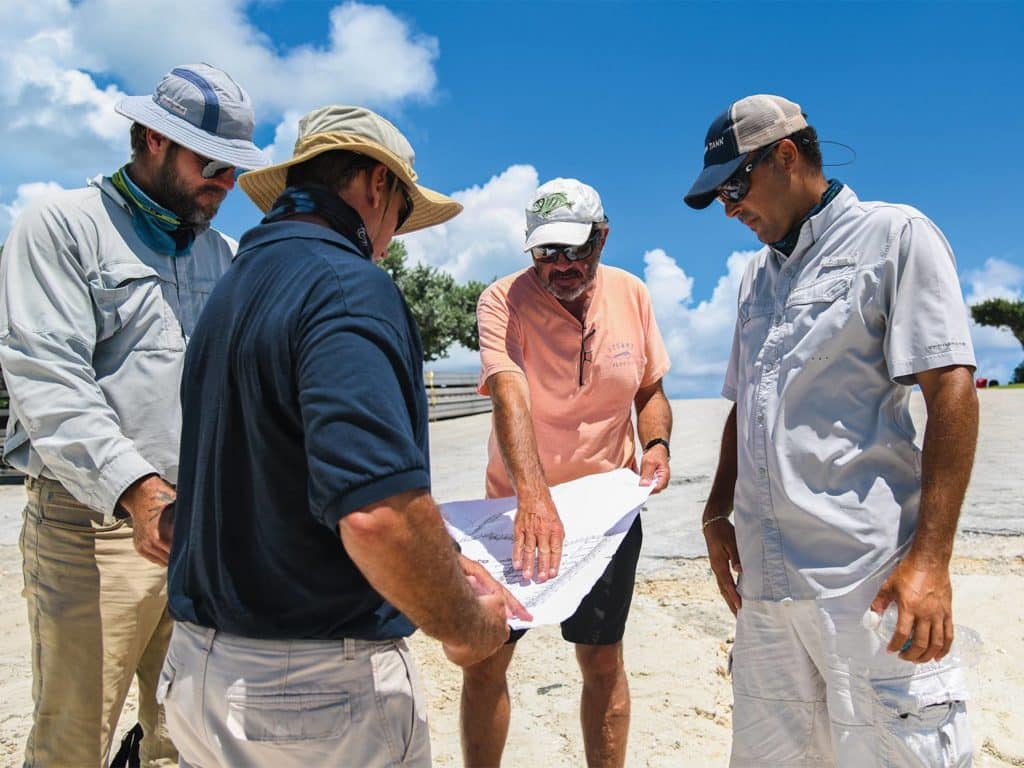
Q: What are your plans for tournaments?
A: We had a successful event last year even without much structure on the island, and we’ll probably do the same thing this year—teams will need to be self-supporting on their boats, but as I said, we do have fuel, water and power. The dates are May 18 to 21, and it’s capped at 45 boats, so we’ll invite the top 20 or so from last year and hold a drawing for the rest. I’d eventually like to do about four tournaments per year: a big offshore classic, a white marlin tournament, wahoo in the wintertime, and maybe one backcountry tournament. The inshore fishing is just incredible—it hasn’t been touched in 15 years.
Q: You were adamant that Walker’s remain open to the public rather than becoming a private enclave. Why?
A: I never once thought of it being private. My goal is to try to bring back those memories of the place in the 1970s, ’80s and ’90s, with all the hospitality and fun. We want to accommodate everyone. The only one with a private dock will be Capt. Billy Black—he’s earned it.
Q: Treasure hunting is another passion of yours. How did you get started?
A: I have a huge passion for hunting, fishing and diving, and that incorporates all three. I met Mel Fisher in Key West when I was 20 and got the treasure-hunting bug so badly that I almost did that for a living. I asked him one time that if he didn’t look for Atocha, what would he be searching for, and his answer was immediate: the Nuestra Señora de Maravillas. She was a Spanish galleon that was struck by another vessel and went down in a northeast gale on January 6, 1656. And we’ve located the debris field from the wreck.
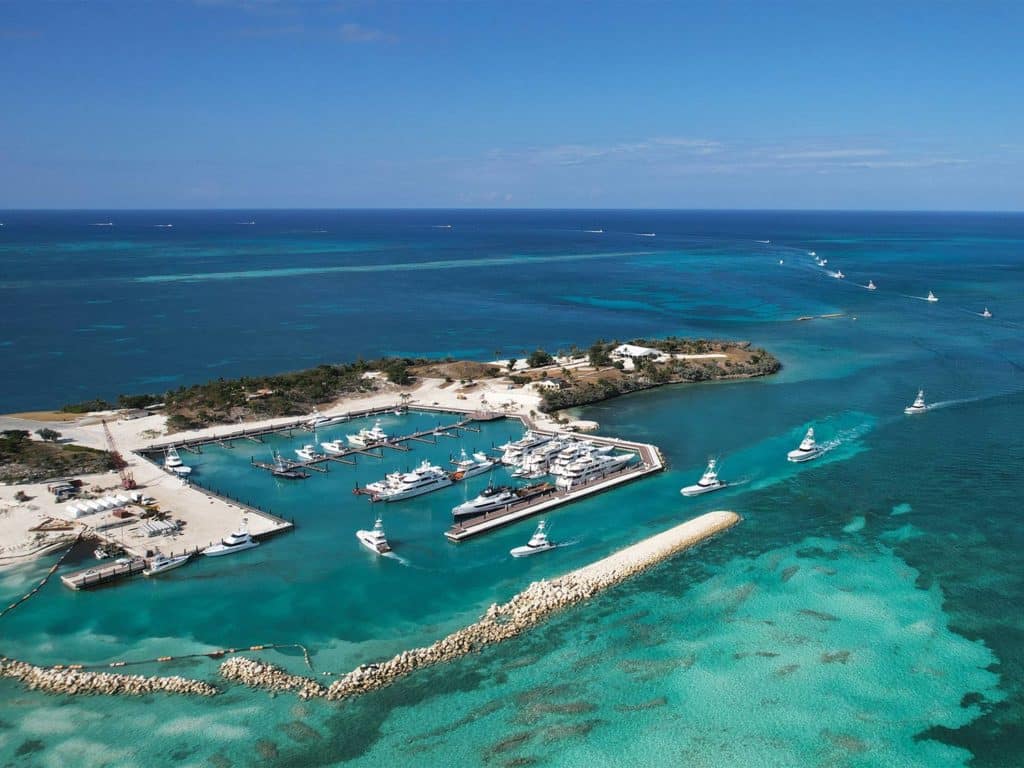
Q: Find anything interesting?
A: So far, we’ve brought up silver and gold coins, amethysts, emeralds, anchors, a cannon, lots of musket balls. The biggest find was an emerald-encrusted broach that’s pretty amazing, and we also found an intricately carved gold chain that’s about 11 feet long. The story is that King Philip IV was losing Spanish wars in the Netherlands, France and England, so this ship was part of a fully laden treasure fleet heading back home to pay for it all. The king was also in failing health, so he asked the pope how to make it to heaven after his death. The pope said Philip should deliver to the Vatican a life-size statue of the Madonna and Jesus made from solid gold. We believe that statue could have been aboard Maravillas; it would represent one of the most significant finds in the world.
Read Next: The reimagining of Walker’s Cay continues.
Q: What do you intend to do with anything you locate from the wreck?
A: All the treasure and artifacts will remain in the Bahamas. We have built a museum in Lucaya to display the artifacts from the shipwreck, as well as the natural history of the islands. We will also do the conservation and lab work there, with windows so people can watch what’s going on.
Q: What legacy do you intend to leave?
A: The people of the Bahamas have suffered so much. While Dorian was a very severe storm, it’s been a road bump compared with the pandemic. We need to get people coming back to the Bahamas so their recovery can continue. For me, with four kids and three granddaughters, we gave them each some land on the island, and they’re excited about making it part of their families as they spend time growing up there. A friend of mine once said that you never really own Walker’s Cay; you just keep an eye on it for a while until you can pass it along, so that’s been my philosophy.
This article originally appeared in the March 2022 issue of Marlin.




